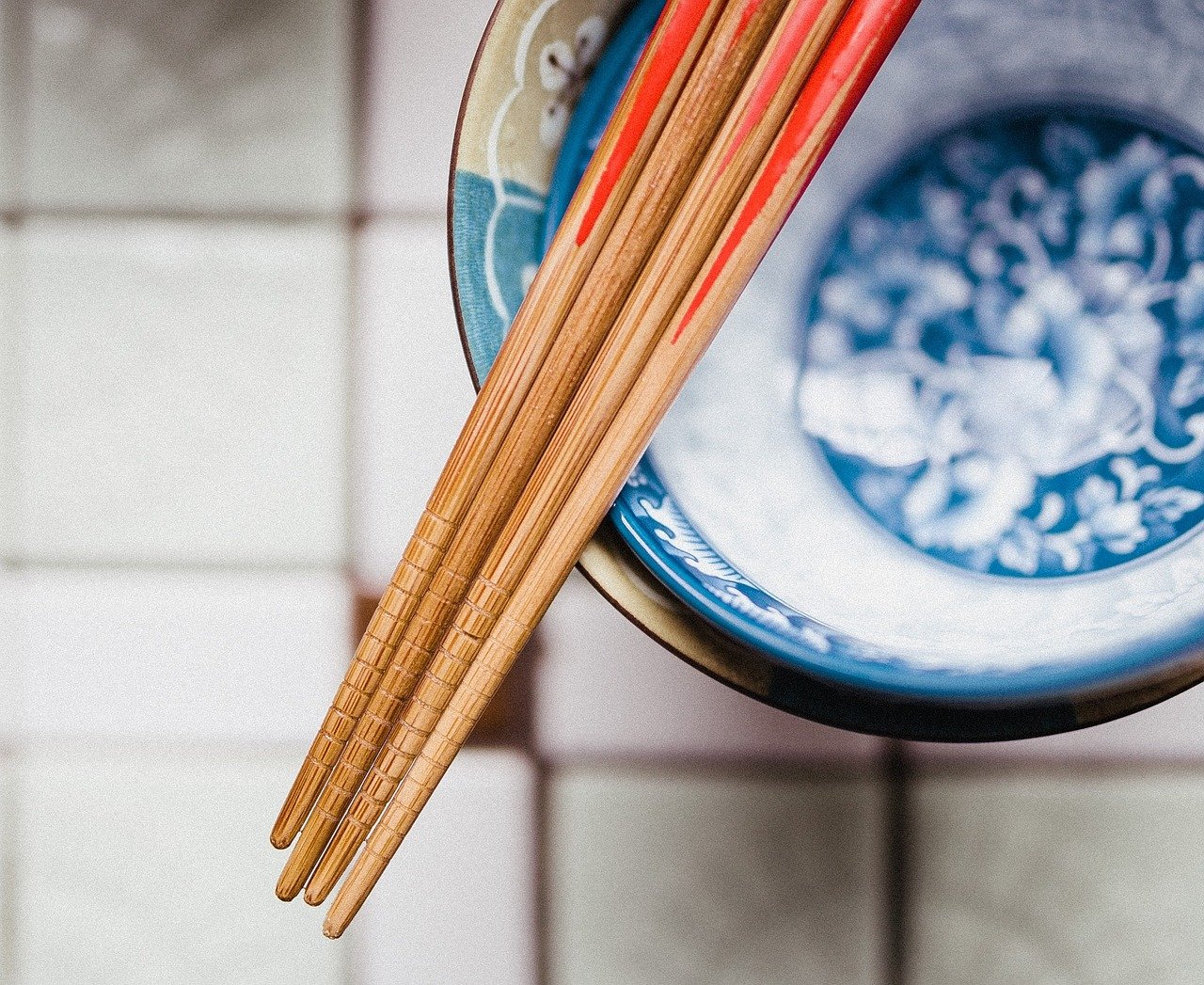Food and Family as Foundations in Chinese Culture
Food has the same effect on people regardless of their culture. The items they consume help to nourish them and provide energy. However, the types of food, how people prepare food, and how they serve and eat food varies considerably from one culture to the next.
Although people within a culture have individual preferences for what they eat, the food available to them tends to remain consistent. Even so, they prepare and eat food differently depending on whether it’s an everyday or special occasion, season of the year, religious customs, and other individual factors. Nowhere are these differences more pronounced than China.
General Food Categories Used When Preparing Chinese Meals
The Chinese tend to favor plants and animals as food sources that have been native to China for centuries. While the items listed below are not an all-inclusive list, they describe the primary categories used by chefs food preparers in China:
- Fruits, including jujube date, longan, and litchi and well-known fruits like apples and oranges
- Legumes like broad bean, mung bean, peanut, and soybean
- Meats, including dog, duck, goose, and pheasant not often used in other cultures and more common meats like pork and chicken
- Spices such as cinnamon, garlic, ginger, red pepper, and spring onion
- Starches like buckwheat, maize, millet, kao-ling, sweet potato, wheat, and yam
- Vegetables, including unique ones like amaranth and mulva and common vegetables like mushrooms, radishes, and turnups
Using these as the basic ingredients for many meals, Chinese cooks simply manipulate their chosen ingredients to prepare a dish. Some chefs and private citizens are more open to using imported ingredients than others who prefer to stick with China’s centuries-old food preparation traditions.
China and the United States Worlds Apart in Food Habits
China differs considerably from the United States and other Western nations in the way its citizens obtain, prepare, and consume their food. Americans tend to gravitate towards convenience by purchasing food they can freeze for long periods until they’re ready to cook and eat it.
The Chinese take freshness so seriously with their food choices that many opt to buy live fish, chicken, crab, and other types of meat from local street vendors. Everyone from chefs in famous restaurants to housewives tend to buy food ingredients daily to ensure freshness.
Emphasis on Bringing Families Closer Together
America is a fast-food culture where people often eat on the go or just reheat a boxed meal. Some families here do emphasize sitting down to eat together daily if possible, but the tradition is much more ingrained in China. They feel strongly that serving family and guests traditional Chinese food is important to preserve culture and traditions.
Most serving tables in Chinese kitchens are round. The head of the household or the most important guest present typically faces the dining room entrance. The hierarchy continues with those to the left and right of the most esteemed person sitting in order of importance. Children typically have the last place setting and their parents may require them to formally invite the esteemed family member or guest to the table before everyone else starts eating.
There’s an old expression that people can learn a lot about a culture by studying its food, and this is certainly true of China.

